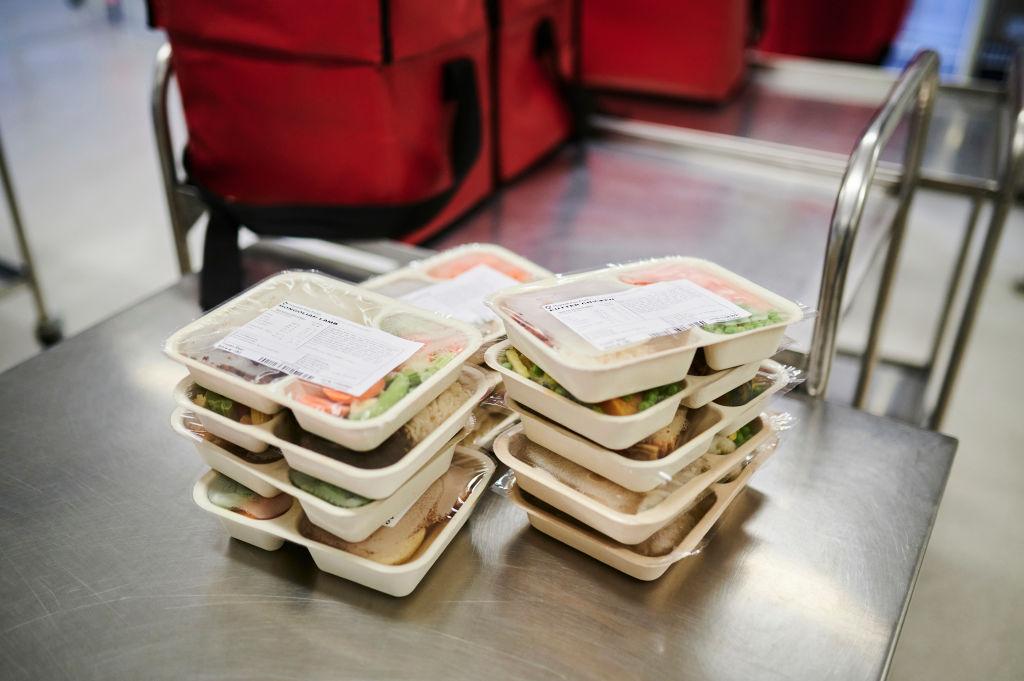Australians are wasting more food during the COVID-19 pandemic, largely thanks to panic buying and food delivery services.
The annual bill for the country’s wasteful food choices skyrocketed to $10.3 billion after the coronavirus reached our shores, according to Rabobank’s 2020 Food Waste Report.





